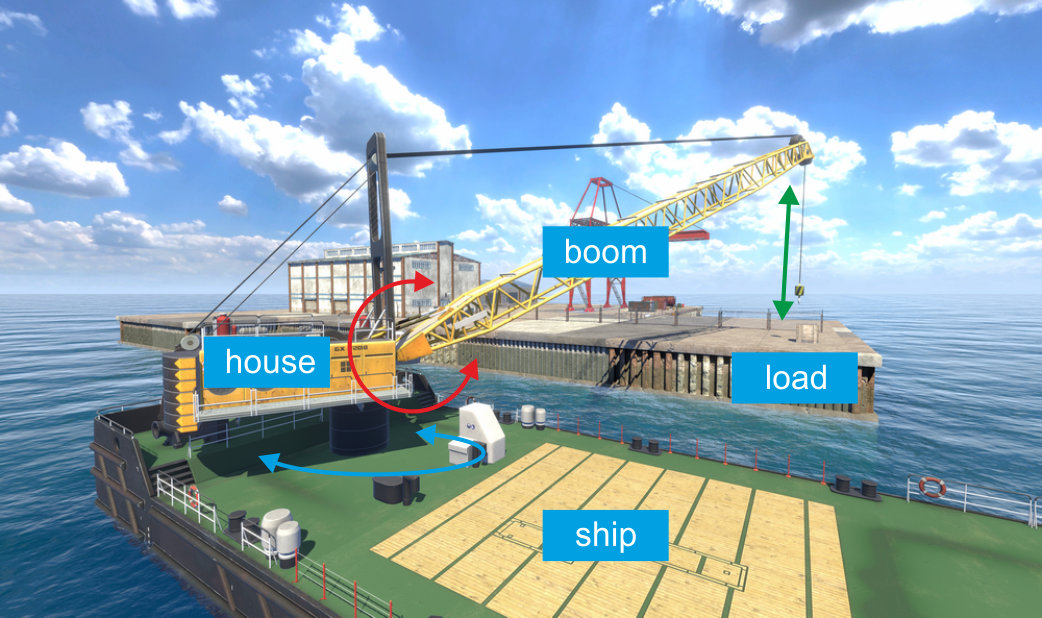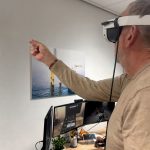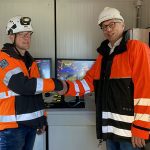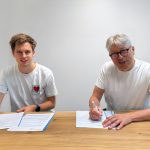Technical Articles part 2
In a series of technical articles, we will explain what it takes to make a good digital twin and the technologies that are involved. This is the second in a series of 5 articles.
Physics simulation models are the core of our digital twins. At Controllab we have developed our own physics simulator: 20-sim. In 20-sim you can load blocks and connect blocks to build a simulation model. Blocks are modular components that represent different elements or parts of a system. See the crane below as an example. To build a simulation model of this crane, you need blocks for the ship, the crane house, the boom and the load.
These blocks have one or more degrees of freedom. This means that each block can move or change in one or more directions. The crane house can rotate with respect to the ship. The boom can rotate with respect to the crane house and the load can move with respect to the boom, constrained by a cable.
20-sim can do some tricks to turn this into a simulation. Under the hood, each block is a set of differential equations. The blocks are coupled by power connections. These connections describe the power transfer between blocks in terms of force and motion, torque and rotation or pressure and flow. 20-sim uses equation manipulation to create a combined set of equations that describe the whole crane. This means that a load on the top of the boom will result in a torque on the crane house, and a rotation of the boom will result in the swing of the load. Just like a real crane.

Power connections between blocks help us to add new blocks without changing the existing model. For example, we can add a luffing cable to the existing model by adding a cable block and connecting it to the crane house and to the boom. We can even add components from other physical domains such as electric motors or hydraulic cylinders. For power connections we do not need to rebuild the model, we just add blocks. This makes our digital twins really capable. We can change and adapt them and follow the lifecycle of a product from the early design through software testing to training simulators.
Over the past 20 years, we have built a large library of blocks that we have validated with tests and measurements. With 20-sim, we can take these blocks and quickly create models that closely mimic their real-world counterparts. It makes our digital twins accurate.
This is what sets us apart. We deliver capable, accurate digital twins.


